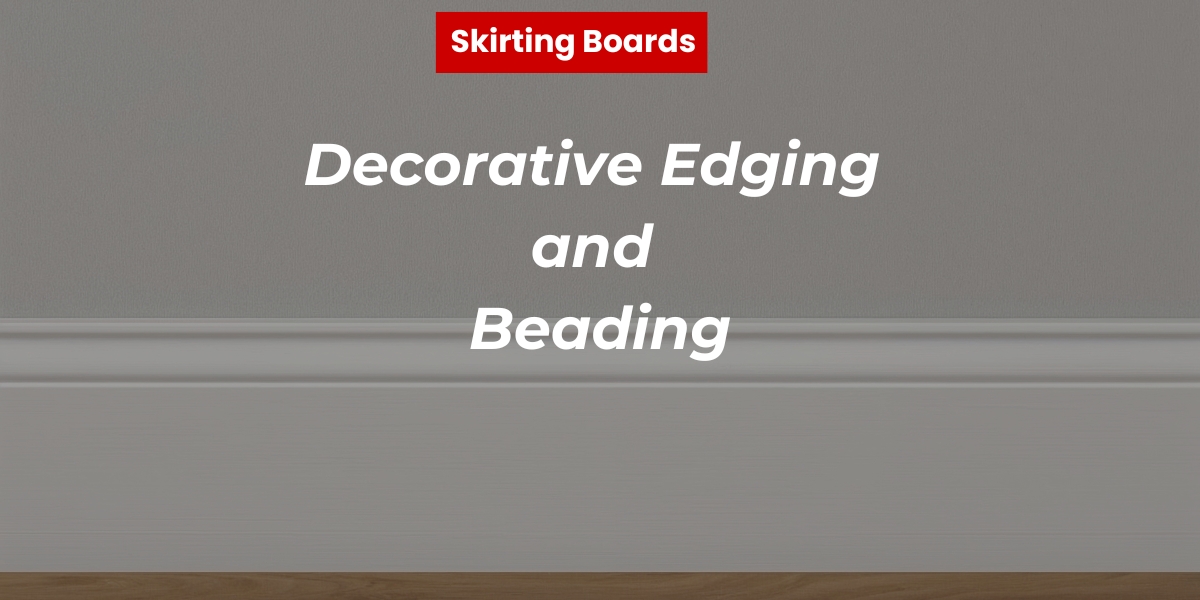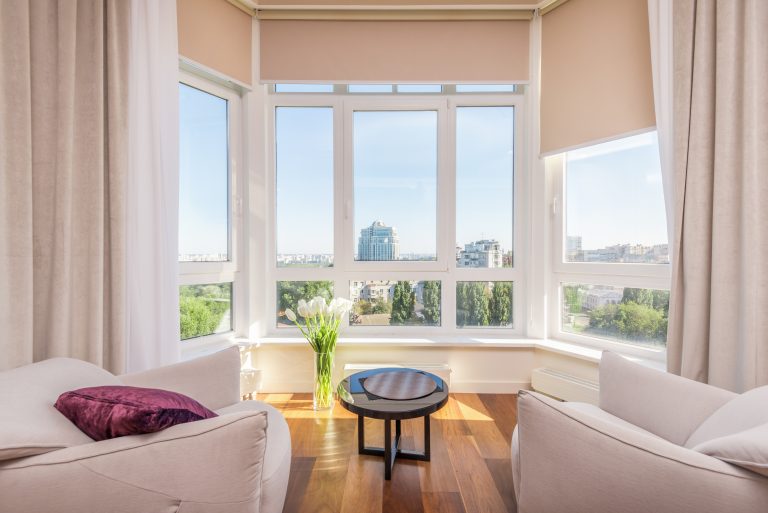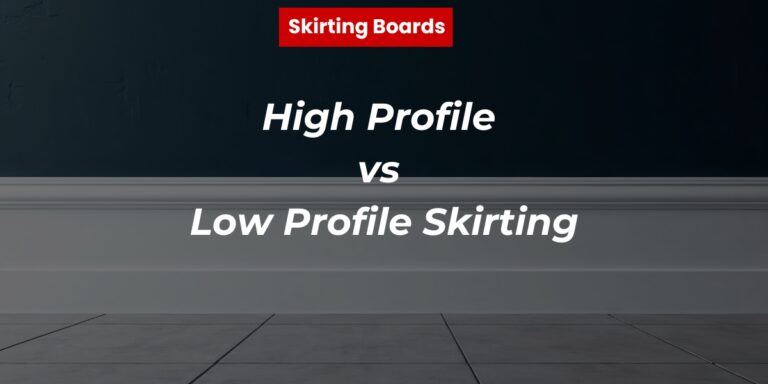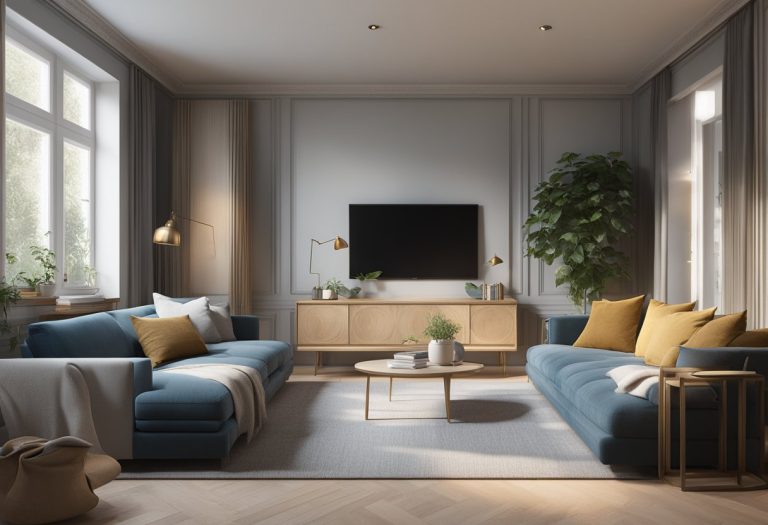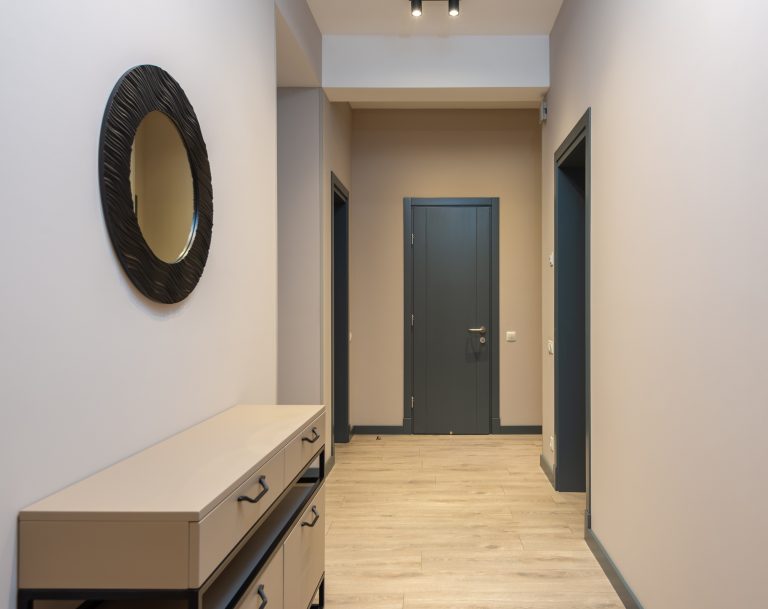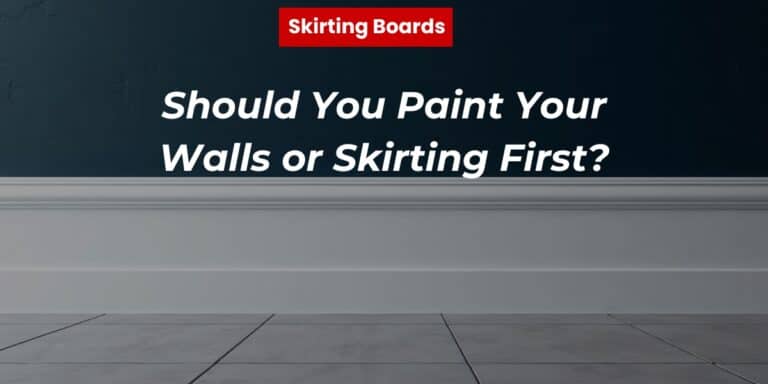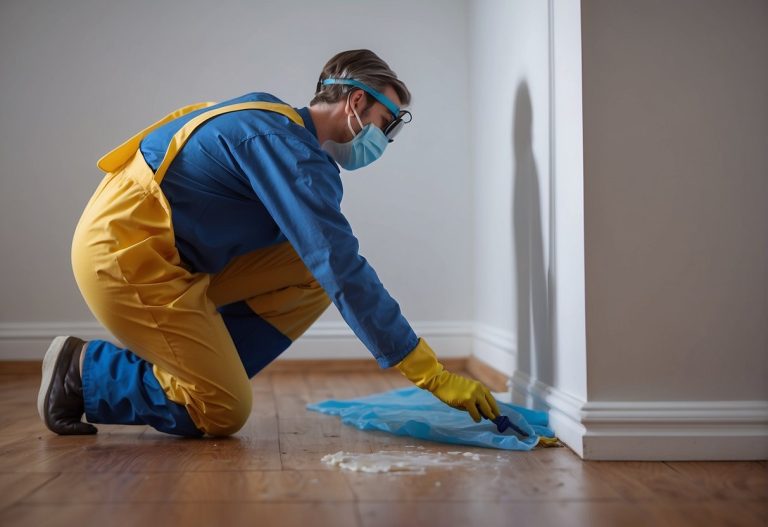Enhance Your Space: Decorative Edging and Beading
No matter how sleek your floor looks, unfinished edges can make the whole room feel incomplete. That’s where decorative edging and beading for skirting boards come in.
These small details tie your flooring project together, delivering a smooth finish, covering unsightly gaps, and add a layer of crafted style. Whether you prefer modern interiors or something more traditional, the right decorative mouldings can elevate your space with timeless elegance and quiet sophistication.
What Is Decorative Edging and Beading for Skirting Boards?
Skirting boards, or skirting, sit at the base of your walls, hiding expansion gaps and shielding surfaces from everyday scuffs. They’re not only practical, but an essential part of interior design.
To enhance their look, you can add beading or decorative mouldings like scotia beading. These trims offer a seamless transition between flooring materials, boards, or even adjoining rooms, adding intentional detail to functional spaces.
You’ll typically see them:
- Along the edge where floor and wall meet.
- Beneath existing skirting boards to tidy up expansion gaps.
- Framing areas that benefit from extra style or cohesion.
Choosing the Right Materials and Style
Selecting materials isn’t just about aesthetics, it’s about where and how you plan to use them. Let’s look at the most common options.
- Solid wood: A premium choice, offering durability, natural grain, and a crafted finish. Perfect for traditional homes and warm interiors.
- MDF: An affordable all-rounder. Its smooth finish and paint-friendly surface suit minimalist or contemporary looks.
- PVC: Best for wet or busy areas. It is water-resistant and takes impact well.
When it comes to style, think about the atmosphere you want to create:
- Sleek contemporary lines
- Ornate mouldings that create an older look
- Bold profiles that complement strong floor textures?
If you are unsure, go for something a little more subtle. Focus on details that enhance and match the floor, walls, and overall tone of the room.
Beading Options: Features and Applications
The first feature to consider is beading. While scotia beading is a reliable option, there are various features to consider, depending on your flooring project.
Why it matters: Beading provides a polished finish and helps different materials come together seamlessly.
Common uses include:
- Under existing skirting to hide gaps from floor expansion.
- Around uneven joins between boards or doors.
- At the edge of laminate or engineered flooring to define clean borders.
Whatever your choice, beading is where your attention to detail shows.
Skirting Boards: A Decorative and Functional Essential
Skirting boards serve both aesthetic appeal and protection.
The right skirting will:
- Cover expansion gaps and construction joins.
- Guard against dings from hoovers, shoes, and general life.
- Add definition and style to the base of your walls.
Look out for options with crafted profiles, pre-primed surfaces for easy painting, or tall boards that make your ceilings feel higher. It might be time to replace your skirting boards if:
- The current ones are chipped, warped, or just outdated.
- You’re introducing a new floor or revamping the interiors.
- You want a cohesive, intentional style refresh.
Installation Tips: DIY vs. Professional Finish
When do you know whether to install the skirting and beading yourself or hire a professional?
DIY installation works if you’re handy with:
- A mitre saw for tight, accurate corners.
- Adhesive or pins suited to your chosen materials.
- A steady hand, a tape measure, and patience.
- Pros: Cost savings
- Cons: One bad angle can be a hard fix
A professional install ensures precision, especially in rooms with premium flooring or detailed mouldings. It also takes the pressure off and usually gets the job done quicker.
Whichever route you take, avoid:
- Mixing incompatible materials between skirting and beading.
- Leaving gaps due to rushed measuring.
- Skipping sealing or painting, especially in damp-prone areas.
Care, Maintenance, and Longevity
Once your flooring project is complete, keep it looking sharp with the right maintenance.
For solid wood, use a soft cleaner and occasional polish. Avoid pooling moisture.
MDF only needs light dusting and an occasional damp wipe.
PVC trims are more forgiving, but still benefit from routine cleaning.
If some minor damage occurs, a dab of wood filler and a quick sand can restore small flaws. More serious warping or water damage usually signals it’s time for a refresh.
Our Full Range of Decorative Mouldings
Our full range of decorative mouldings includes everything you need to complete your interiors with care:
- Chunky or slim skirting boards
- Scotia beading and finishing trims
- Statement architrave
- Profiles to complement any style
We can help you find the right materials, offer expert guidance, and make sure you walk away ready to create something beautiful. That’s why so many say we’re the excellent choice.
Elevate Your Interiors with Style and Detail
Whether you’re renovating a room or designing a new home, decorative edging and beading for skirting boards can transform the entire look. It’s the subtle layer that brings character, and timeless elegance to any room.
FAQs
What type of beading works best with skirting boards?
Scotia beading is the most popular option thanks to its ability to cover expansion gaps and blend well with both contemporary and traditional skirting boards.
Can I mix materials like MDF skirting with solid wood beading?
It’s best to avoid mismatched materials, as differences in expansion and texture can affect your smooth finish. Where possible, match or complement for a cohesive look.
Is decorative moulding purely aesthetic or does it serve a function?
Decorative mouldings do both. They add style and detail, but also help protect walls, seal transitions, and reinforce the edges of your flooring project.
How do I choose the right style for modern interiors?
In modern interiors, aim for crafted lines and subtle profiles that create a seamless transition. Stick to muted colours and minimalist mouldings for best effect.

